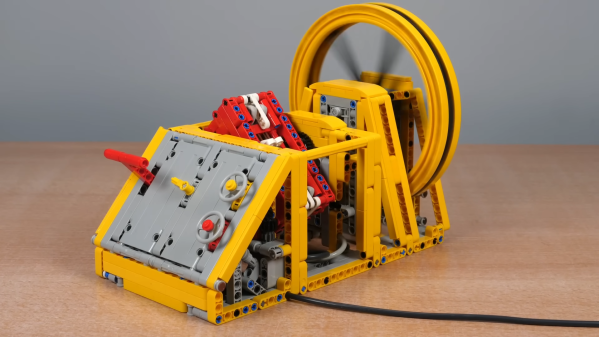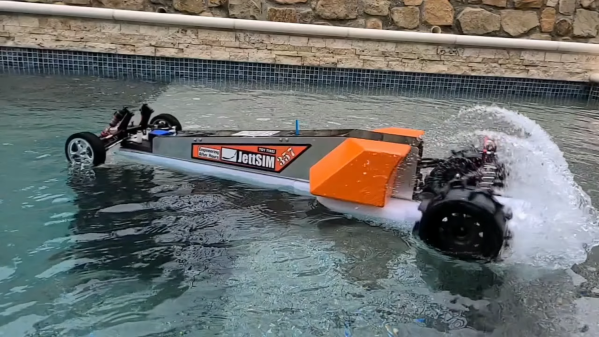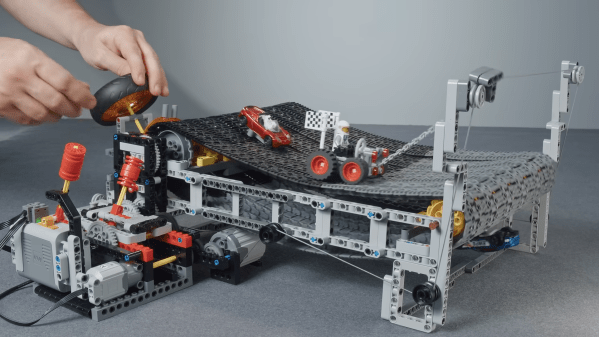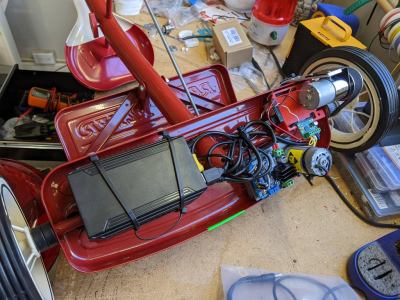Most RC cars replicate real-world race cars or fantastical off-road buggies for outdoor escapades. [diorama111] is an expert at building tiny desk-roaming models, though, and built this exquisite micro semi-truck and trailer.
Based on a 1/150 scale truck and trailer model, the build starts with the tractor unit. It’s disassembled, and its plastic wheels are machined on a tiny lathe so they can be fitted with grippy rubber tires carved out of O-ring material. The front wheels are given hubs and mounted to a motor-driven screw-type steering assembly. A photodetector is used to aid in self-centering. The rear axle is fitted with a geared drivetrain, running off a small DC motor. Multiple gear stages are used to give the build plenty of torque for pulling the trailer. Remote control of the model is achieved over Bluetooth, with an ATtiny3217 tucked inside with motor drivers to run the show.
The microcontroller also runs a full set of driving, tail, and indicator lights. The trailer is fitted with an infrared receiver and a battery of its own. It receives signals from an infrared LED on the tractor unit, which tell the trailer when to turn on the taillights and indicators.
There aren’t too many modelers working in the RC space at the 1:150 scale. [diorama111] has form here, though, and we’ve featured a previous Toyota Crown build before.
Continue reading “Tiny RC Truck And Trailer Motors Around Tabletop”



















